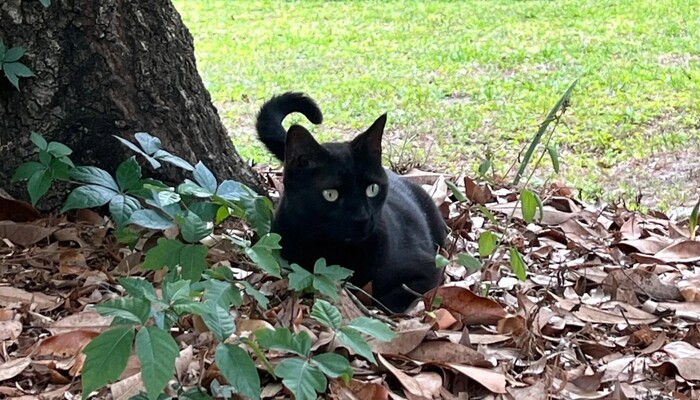In an unexpected twist, a house cat in Florida has once again helped scientists identify a new virus—this time a unique strain of orthoreovirus. The discovery was made after Pepper, a cat owned by virologist Dr. John Lednicky, brought home an Everglades short-tailed shrew. What seemed like an ordinary catch turned into a key moment in ongoing virus surveillance efforts at the University of Florida.
A Cat with a Scientific Track Record
Pepper isn’t new to scientific contributions. Last year, he helped researchers discover the first U.S. case of a jeilongvirus. Now, with the help of lab testing, his latest find—a shrew—revealed a previously unidentified strain of orthoreovirus. These viruses are known to infect a wide range of mammals, including humans, but their health impacts remain under-researched.
What the Tests Revealed
Lednicky’s lab, which studies emerging pathogens, conducted genomic testing on the shrew and found the new virus, now named “Gainesville shrew mammalian orthoreovirus type 3 strain UF-1.” While mammalian orthoreoviruses were once believed to be harmless, new evidence links them to respiratory, gastrointestinal, and central nervous system diseases—especially in children.
Read: ‘Sprite’ Spotted from Space: ISS Crew Witnesses Rare Fireworks
Why It Matters
Virologists warn that although this new strain doesn’t appear dangerous yet, the discovery underlines the importance of keeping a close watch on wildlife viruses. “We need to know how to detect orthoreoviruses quickly,” Lednicky emphasized. His team published the full genome in Microbiology Resource Announcements, highlighting the importance of transparency in pathogen research.
A Pattern of Discovery
This is not the lab’s first major find. Previously, they identified two new viruses in white-tailed deer. With advanced tools and persistent research, Lednicky said, “If you look, you’ll find.” Viruses like orthoreoviruses can mix genes, similar to how influenza evolves, creating new strains rapidly.
The Role of Wildlife in Viral Evolution
As researchers dig deeper into wildlife-borne viruses, animals like Pepper are inadvertently playing a role in identifying unseen health threats—proving that sometimes, scientific breakthroughs can start with a curious cat.
Follow us on Instagram, YouTube, Facebook,, X and TikTok for latest updates
